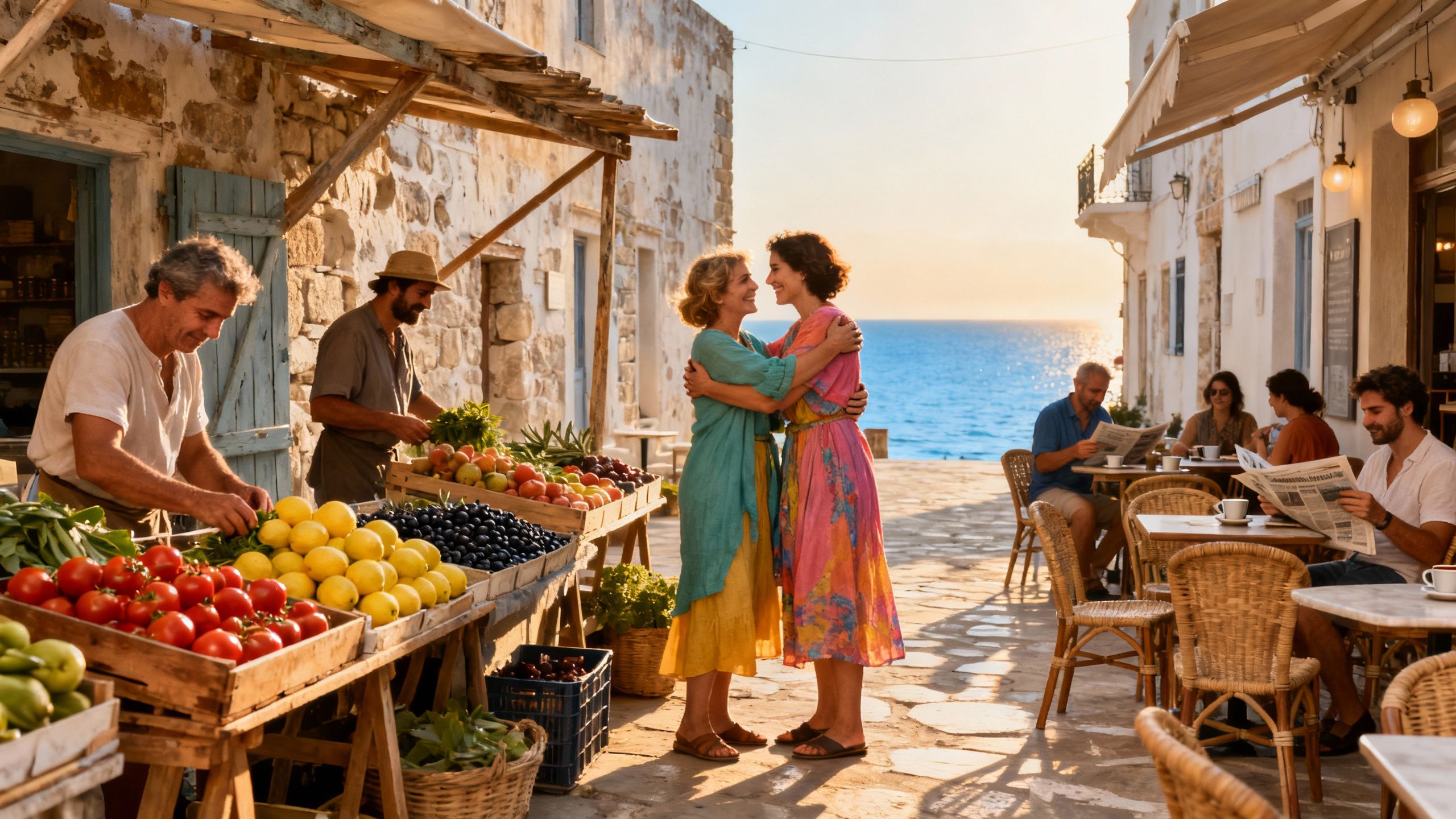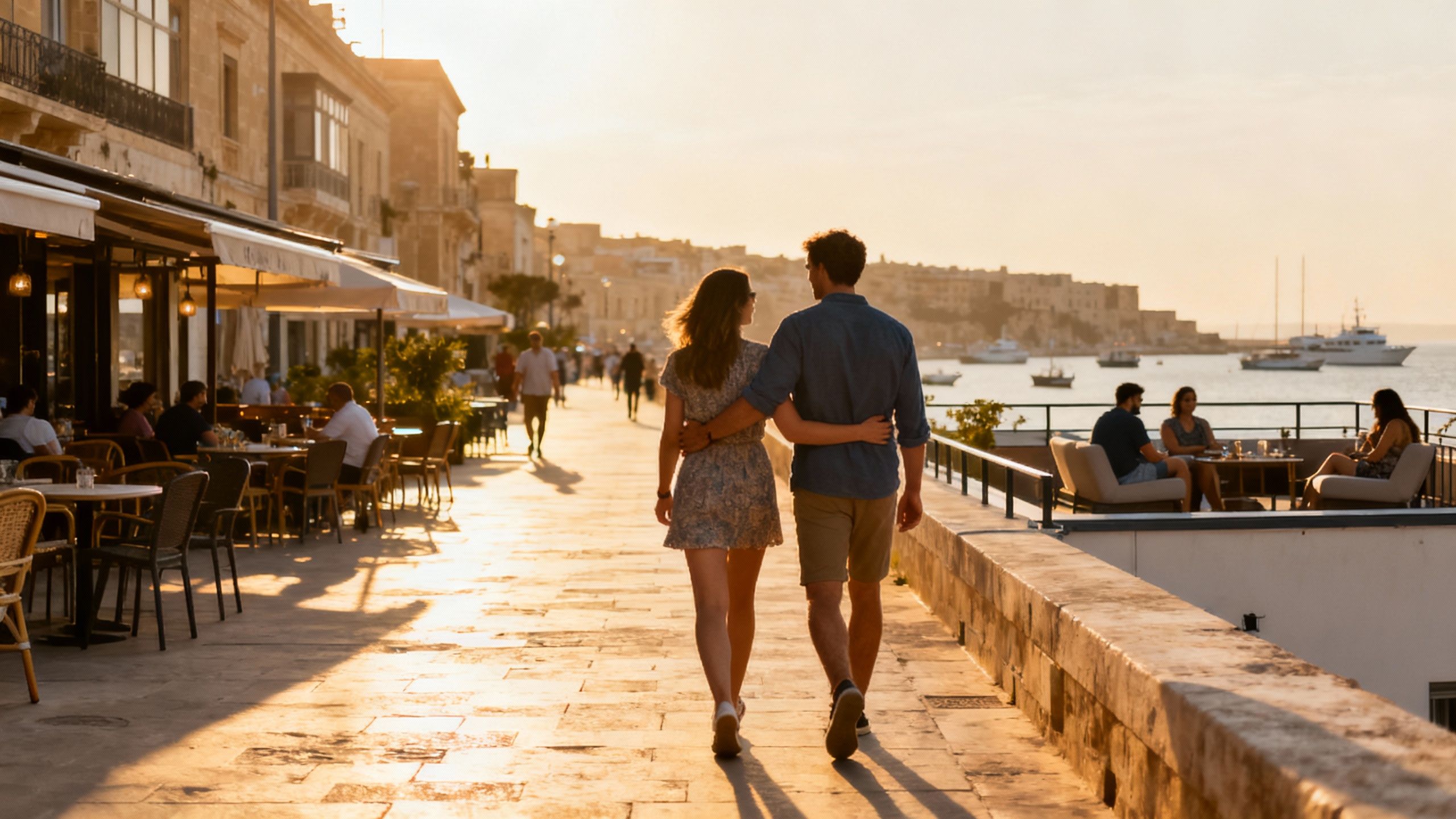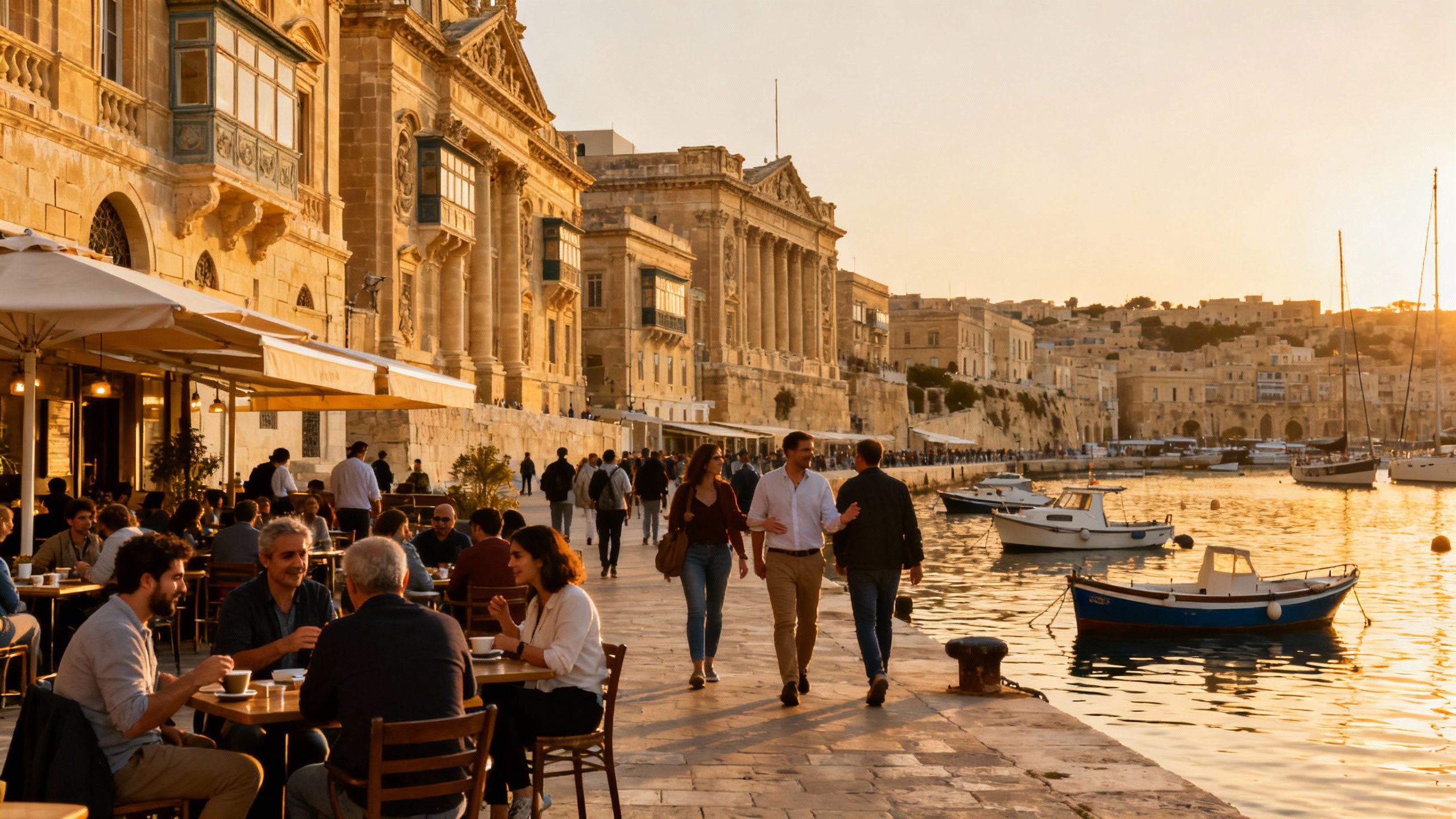Croatia in Autumn: Finance, Timing & Local Life
Autumn viewings and an organised financing dossier often secure better mortgage terms and negotiating leverage in Croatia’s evolving market.
Imagine an October morning in Split: the Riva is quiet, cafes steam gently as fishermen bring the day’s catch to market, and a stone terrace drops toward an empty Adriatic that feels like private water. That slow, considered rhythm—lighter crowds, clearer negotiating space, banks back at their desks after summer—is precisely why many experienced buyers tell me autumn is when Croatia reveals its practical charms. This piece ties those moments to the financing realities you’ll face when buying here: lender behaviour, residency and reciprocity rules, typical loan structures, and the simple tactics that convert a seaside aspiration into a sound purchase.
Living the Croatian Life: what matters beyond the brochure
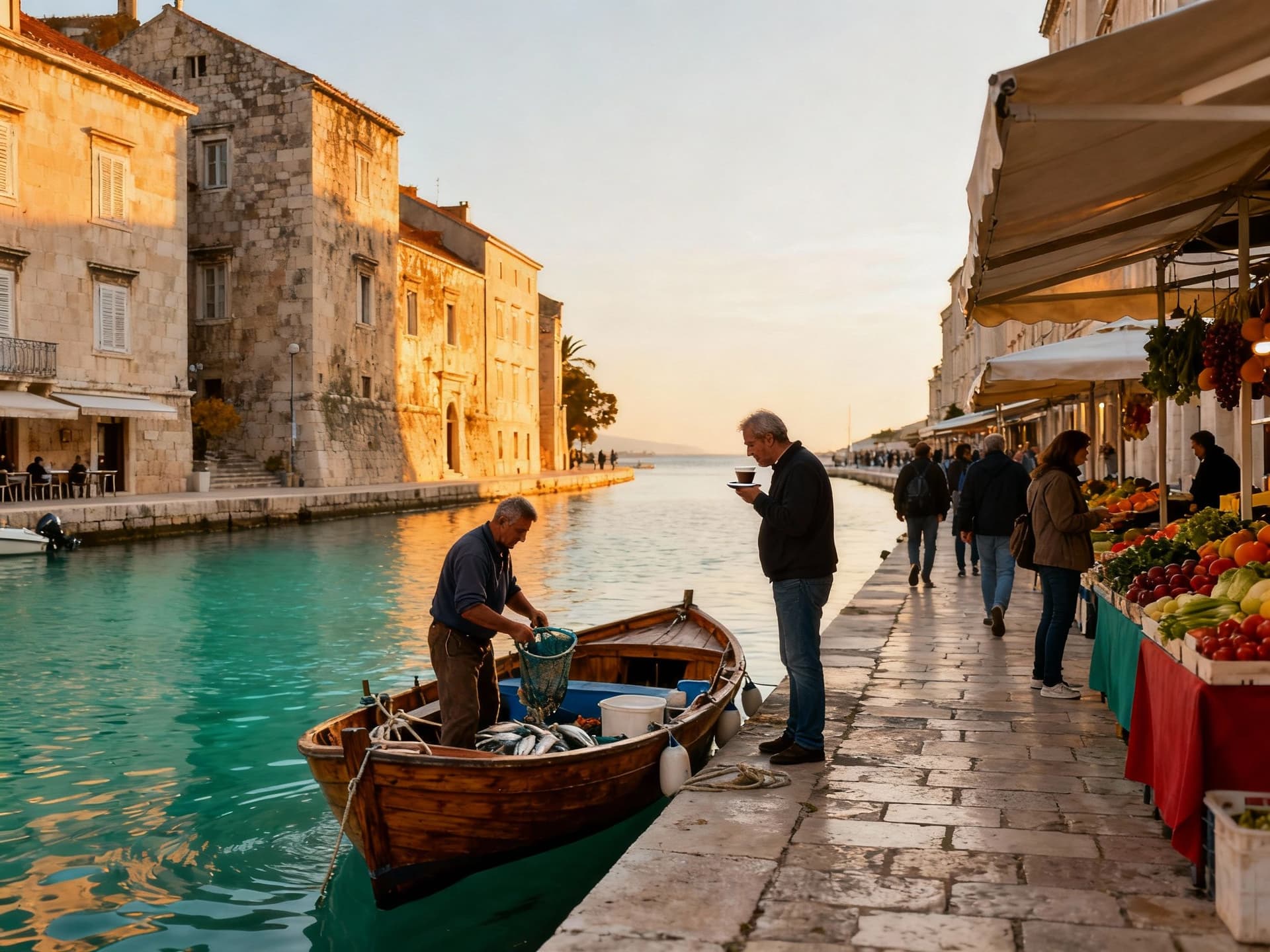
Croatia moves at the intersection of Adriatic leisure and Central European order. Mornings begin with thick espresso and warm pastry; afternoons are for markets and coastlines, evenings for long meals and local wines. Whether you prefer the layered Gothic and baroque streets of Dubrovnik’s Ploče, the compact galleries and fish restaurants of Split’s Veli Varoš, or the pine‑scented promenades of Hvar town, the daily rhythm shapes property utility — terraces are lived on, basements become cellars, and compact stone houses prize daylight and cross‑ventilation.
Neighbourhoods that feel like home
In Zagreb, consider the wide boulevards and bourgeois apartments of Donji Grad for cultural life and year‑round services. On the coast, Split’s Sustipan and Veli Varoš reward short walks to markets and quieter evenings; in Istria, Rovinj’s old town offers cobbled intimacy while nearby suburban lanes give room for gardens. Each setting shifts which financing features matter most: short walking distances reduce car costs; historic centres may restrict renovations and affect bank valuations.
Food, markets and what the neighbourhood reveals
Wake at Dolac market in Zagreb for seasonal fruit; buy fresh sardines on Split’s Pazar; sip espresso at Café Rovinj’s waterfront lanes; hunt for truffles in Istria during late autumn; and attend local music nights in Šibenik after summer crowds leave. These scenes are not tourism copy — they define maintenance needs, rental seasonality, and the kinds of properties lenders value (stable neighbourhoods with year‑round life attract steadier appraisals).
- Lifestyle highlights: Dolac market (Zagreb); Riva promenade (Split); Veli Varoš streets; Hvar town terraces; Rovinj old town, photogenic coves and year‑round cafés.
Making the move: financing, rules and seasonal strategy
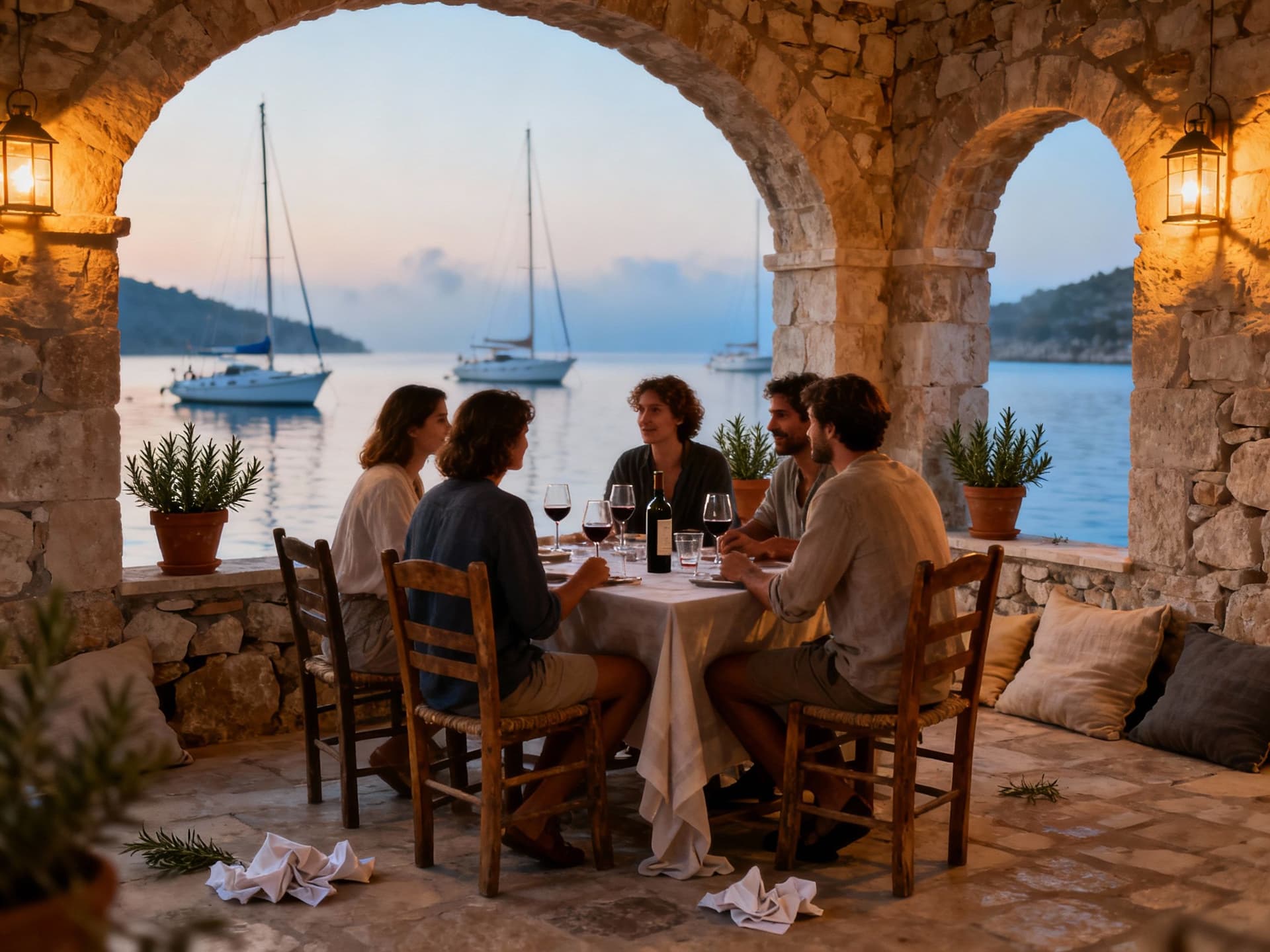
The practical side matters. Croatia’s rules around foreigners buying property and lender requirements have evolved: banks require robust documentation, down payments are often larger for non‑EU buyers, and recent regulatory updates shape affordability calculations. Autumn and winter are frequently the best times to lock terms—banks resume regular underwriting after summer pauses, appraisers provide clearer market comparables, and motivated sellers are more willing to negotiate. Below I translate those market behaviours into concrete steps.
What banks expect from non‑resident buyers
Expect higher deposits and detailed income proof. Croatian banks typically offer 70–80% LTV to EU citizens but may reduce that for non‑EU applicants and non‑residents; some lenders ask for 30–50% down depending on nationality and residency status. They also require an OIB (tax number), certified translations of documents and local bank account details for disbursement and repayments. Planning for these requirements before you make an offer shortens approval time and reduces surprises.
Seasonal timing that affects finance and negotiation
1) Apply for pre‑approval in late summer so you can move decisively when an autumn property appears. 2) Use autumn viewings to compare utility costs and insulation—banks factor energy efficiency into valuations. 3) Negotiate with sellers between October and March when demand eases; conditional offers linked to financing are often accepted. 4) Time appraisal and notary steps to avoid peak holiday delays in July–August when schedules lengthen.
Insider knowledge: residency, reciprocity and hidden constraints
Two points surprise most buyers. First, many non‑EU nationalities (notably citizens of OECD states) now enjoy smoother access, but individual property types—agricultural land, protected zones—remain restricted. Second, while you do not need Croatian residency to own property, banks and authorities often prefer applicants with demonstrable ties to Croatia; that affects loan size and speed of Ministry approvals. Confirm the property’s zoning and whether the Ministry of Justice consent is needed before you sign.
Three red flags lenders and local counsel will spot
- Unregistered extensions or informal terraces; unclear land‑use status (agricultural vs residential); and properties inside conservation zones without clear renovation permissions. Any of these can reduce bank valuations or block mortgage approval.
How to make your application compelling
- 1) Assemble translated, certified proof of income and 12 months of bank statements. 2) Secure an OIB and open a Croatian account early. 3) Obtain a preliminary technical inspection (structural and legal) to preempt appraisal reductions. 4) Offer a larger deposit if you want improved terms—banks reward lower LTV with lower margins. 5) Work with a lawyer to confirm that the property does not require special Ministry consent.
Those measures change how lenders perceive risk. A clear dossier, local banking history, and documented maintenance plans often reduce the margin banks add for foreigners. In practice, this can lower your effective interest cost and improve the timeline from offer to registration.
What expats wish they'd known: practical culture and long‑term thinking
Expats repeatedly tell me two themes: how important neighbourhood rhythms are (a lively square can mean noisy summers but lively winters) and that the cost of stewardship—restoration, marble cleaning, roof work on old stone houses—adds to ownership beyond mortgage payments. These realities influence whether you choose a modern apartment near amenities or a listed stone house that requires ongoing artisan care.
Planning for life after purchase
- Arrange property management for off‑season periods; budget for seasonal utility variations and maintenance; consider tax residency implications if you spend >183 days in Croatia; and review whether rental income (if intended) fits local short‑let regulations.
These steps preserve the lifestyle you fell in love with and protect the investment quality of the property. Lenders and notaries appreciate clear plans for stewardship; it keeps valuations honest and transfers smooth.
Conclusion: Croatia gives a patient buyer an advantage. Visit when the coast is quieter, build a comprehensive financing dossier, and hire local experts who read both the shoreline and the bank ledger. The result is not just a property but a life with mornings at market stalls and evenings on terraces—secured with clear finance and quiet confidence.
Former Copenhagen architect who relocated to Provence, offering relocation services, market analysis, and a curator’s eye for authentic regional design.
